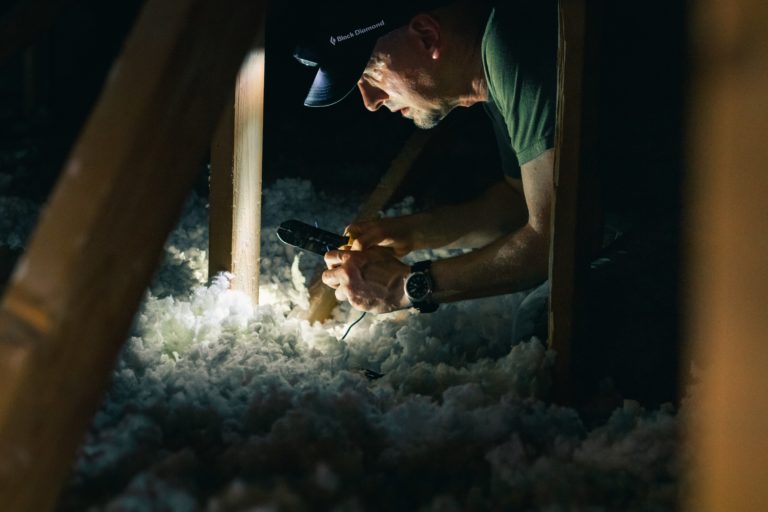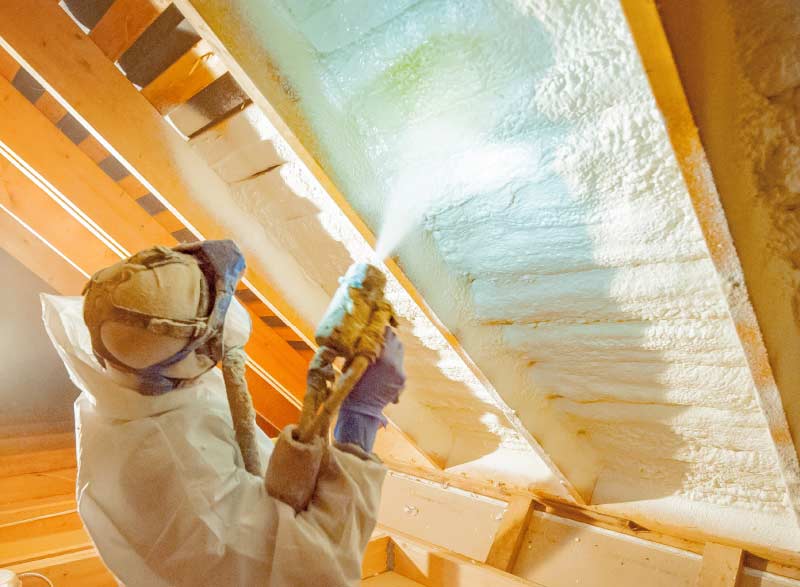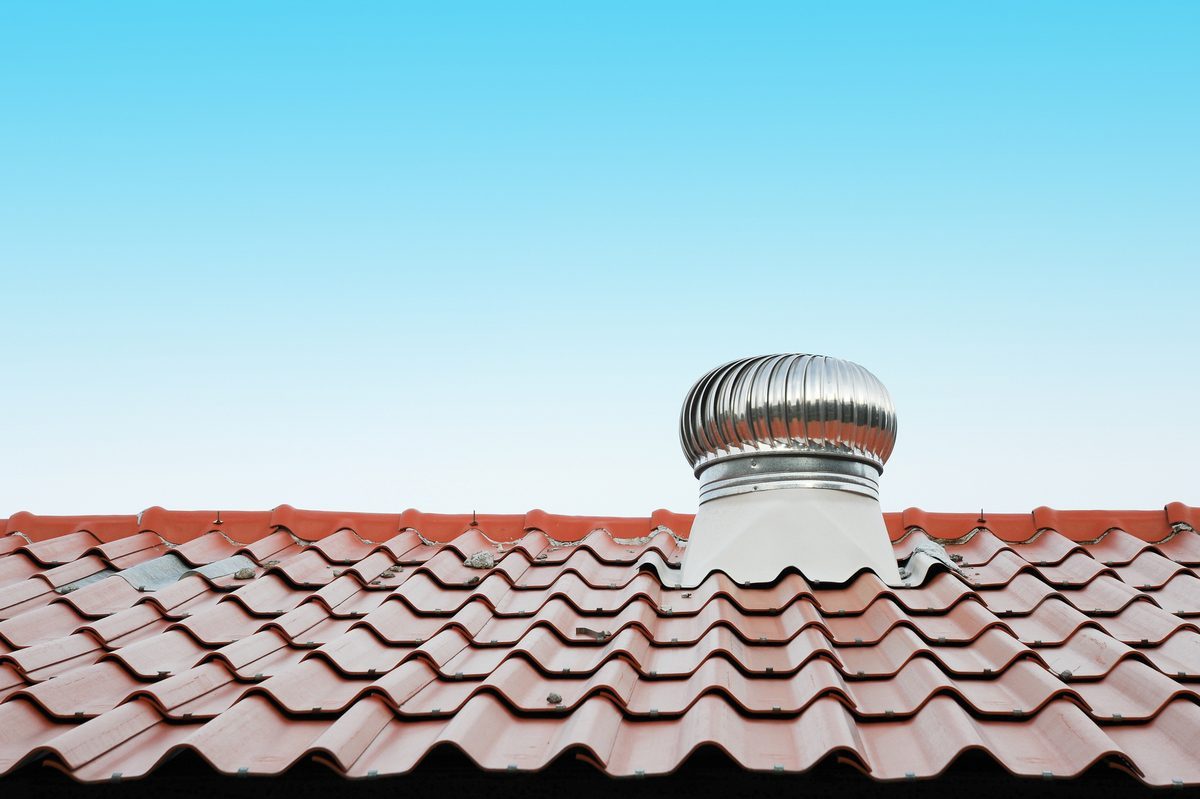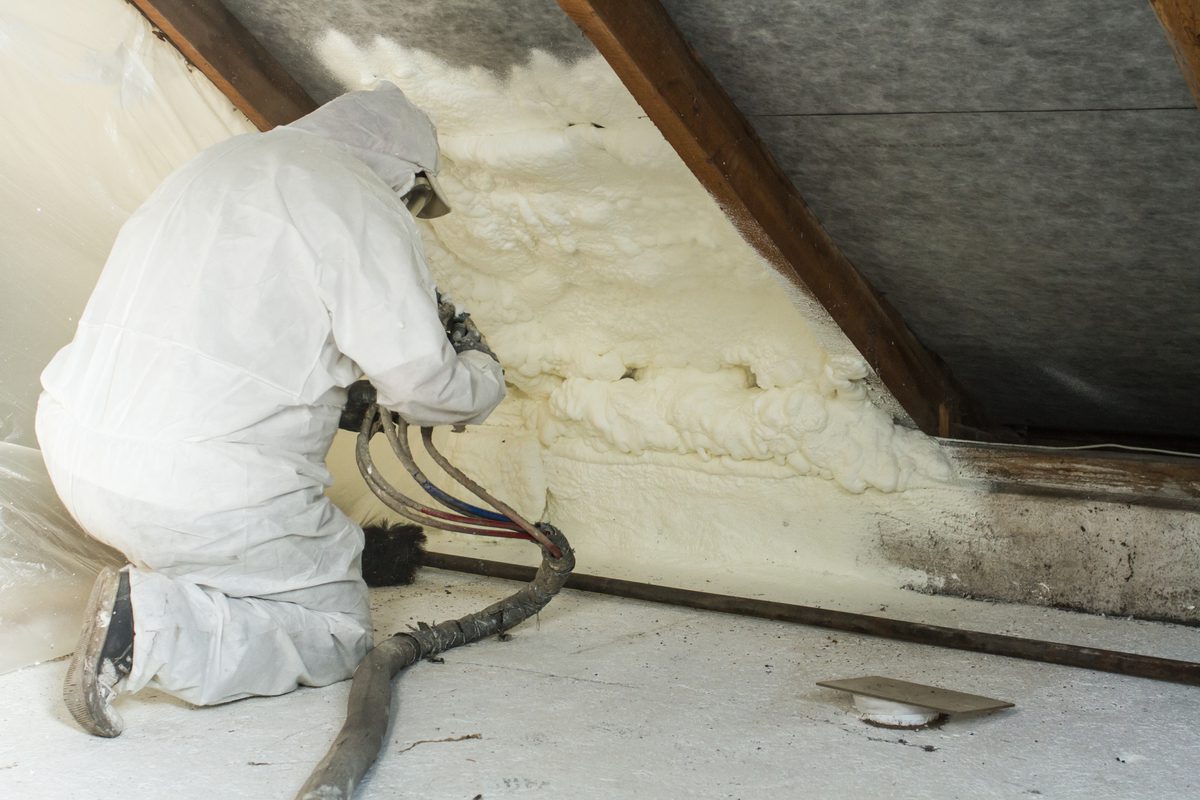
Many homeowners don’t realize they’re living with inadequate insulation until their energy bills become painfully high or comfort issues become unbearable. Fortunately, proper insulation can transform a home’s comfort and efficiency.
Below are the telltale signs that your home may need new insulation. Plus, learn how addressing these issues can dramatically impact your energy consumption and monthly bills.
Unmistakable Warning Signs Your Insulation Needs Attention
1. Inconsistent Temperatures Between Rooms
Do you find yourself needing a sweater in the living room but feeling perfectly comfortable in the kitchen? Temperature variations of more than 3-5 degrees between rooms on the same floor often indicate insulation problems. This inconsistency happens when some areas of your home lose conditioned air faster than others due to inadequate or deteriorating insulation.
2. High Energy Bills That Keep Climbing
Perhaps the most obvious indicator is a steady increase in your energy bills despite similar usage patterns. If you’ve noticed your heating and cooling costs rising year over year (beyond normal utility rate increases), your insulation may be failing to perform its primary function. Your insulation should maintain your home’s thermal envelope.
3. Ice Dams or Icicles During Winter
For homeowners in colder regions, the formation of ice dams along your roof’s edge or excessive icicles hanging from your gutters signals heat escaping through your attic. This heat melts snow on your roof and then refreezes at the colder eaves, potentially causing water damage to your roof and interior walls.
4. Drafty Rooms Despite Closed Windows
Do you feel a breeze when all doors and windows are shut? This is a classic sign of air leakage through walls where insulation has settled, compressed, or deteriorated. These drafts aren’t just uncomfortable; they’re literally your heated or cooled air (and money) escaping through your walls.
5. Unusually Cold Floors, Walls, or Ceilings
Well-insulated surfaces should feel neutral to the touch, not noticeably cold in winter or hot in summer. If your walls, floors, or ceilings feel cold during winter months, for instance, heat is transferring through these surfaces too easily – a clear sign of insufficient insulation.
6. Pest or Rodent Infestations
Are you finding evidence of mice, squirrels, or insects in your attic or walls? These unwanted guests often make their homes in aging or damaged insulation. Once they’ve established residence, they’ll further damage your insulation by creating nests and leaving behind waste that compromises its effectiveness.
7. Water Damage or Mold Growth
Discoloration on walls or ceilings, musty odors, or visible mold growth can indicate insulation ruined by moisture. Wet insulation loses much of its R-value (thermal resistance) and creates perfect conditions for mold development, which impact your home’s structure and your family’s health.
8. Your Home’s Age
If your home was built before 1980 and has never had its insulation upgraded, it’s almost certainly underinsulated by today’s standards. Building codes have significantly increased minimum insulation requirements over the decades, and older insulation materials naturally settle and lose effectiveness over time.
Making the Decision to Replace or Upgrade
If you’ve identified several of the warning signs above, it’s likely time to consider new insulation. Here’s a simple approach to making this decision:
- Start with a professional energy audit: Before investing in new insulation, have a qualified energy auditor or insulation contractor assess your home’s current insulation levels and identify specific problem areas.
- Prioritize high-impact areas: The attic typically offers the greatest return on investment, followed by exterior walls and floors over unheated spaces.
- Consider insulation type: Different insulation materials (fiberglass, spray foam, etc.) offer varying benefits in terms of R-value, air sealing capabilities, moisture resistance, and cost.
- Factor in regional climate: Insulation needs vary significantly by climate zone. A professional contractor can recommend appropriate R-values for your region to maximize efficiency.
- Look for rebates and incentives: Many utility companies and government programs offer rebates or tax incentives for energy-efficient home improvements, including insulation upgrades.
An Investment That Pays Dividends
Countless homeowners transform their living spaces and dramatically reduce energy consumption through proper insulation upgrades. While the upfront cost may seem significant, few home improvements offer a better return on investment in terms of comfort, energy savings, and environmental impact.
If you’re experiencing any of the warning signs mentioned above, don’t wait for another season of discomfort and high energy bills. Investing in quality insulation now will pay dividends in comfort and savings for decades to come.
Remember, your home’s thermal envelope is your first line of defense against energy waste. By maintaining proper insulation, you’re not just saving money, you’re also creating a more comfortable, efficient, and sustainable living environment for your family.
Contact Geo Insulation today to learn more about how we can lower your energy bills.






